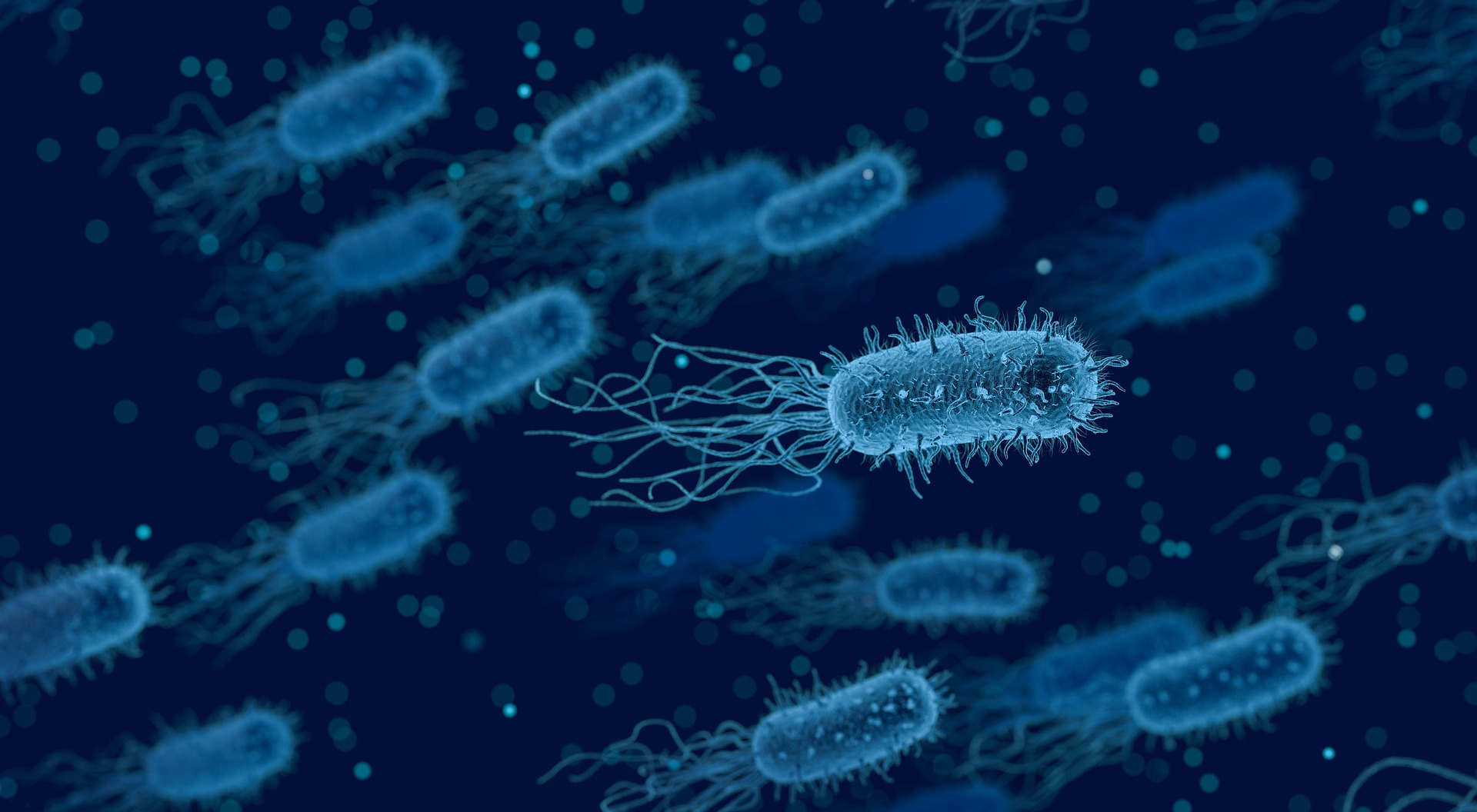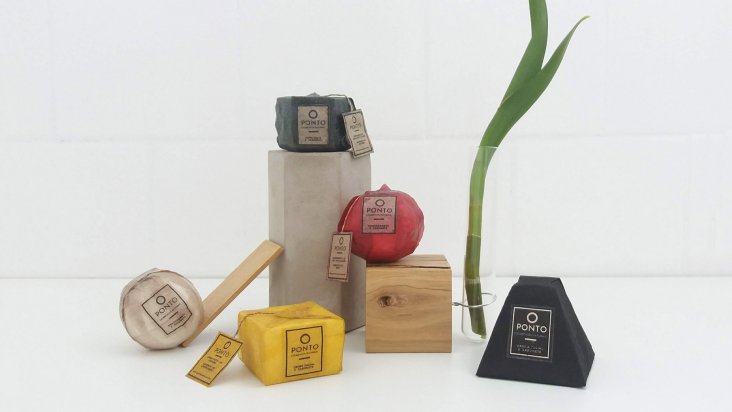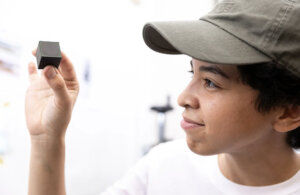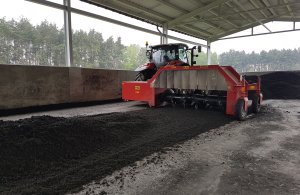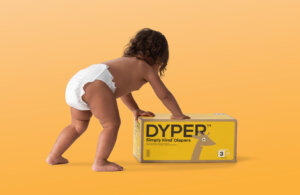Bacteria and yeast cultures are mixed with water to make a sheet with qualities between paper and plastic. (Credit: Dezeen.com)
Guatemalan designer Elena Amato has created sheets of bacterial cellulose with paper-like qualities as a sustainable alternative to the plastic packaging used in personal care products.
According to an article on Dezeen.com the bacterial cellulose sheets were developed using a mixture of water and a bacteria and yeast (scoby) culture, which is blended together before being spread out on a flat, smooth surface and left to dry. Instead of growing and cultivating the scoby from scratch, Amato uses residual scoby leftover from local Kombucha producers – a fermented drink made from sweetened tea and scoby. The resulting sheets are a material with characteristics that Amato describes as somewhere between paper and plastic. The dried bacterial cellulose material can be glued together using water, eliminating the need to use glues or other adhesives when sealing the packaging. Natural pigments such as spirulina, hibiscus, saffron and charcoal were added to the mixture during the blending process to achieve different colours. Made from renewable resources, the material also grows quickly, as well as being fully compostable and vegan.
In addition to these qualities, the low-tech manufacturing process has a minimal level of energy consumption, and Amato envisions it being made locally to generate jobs in the area as well as eliminating the need to transport raw materials from far away.
In keeping with the principles of a circular economy, Amato aimed to create an eco-friendly packaging with materials that would "flow in integrated and regenerative loops".
